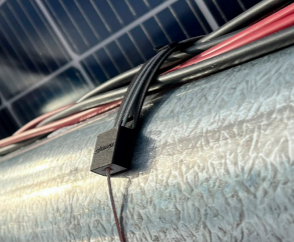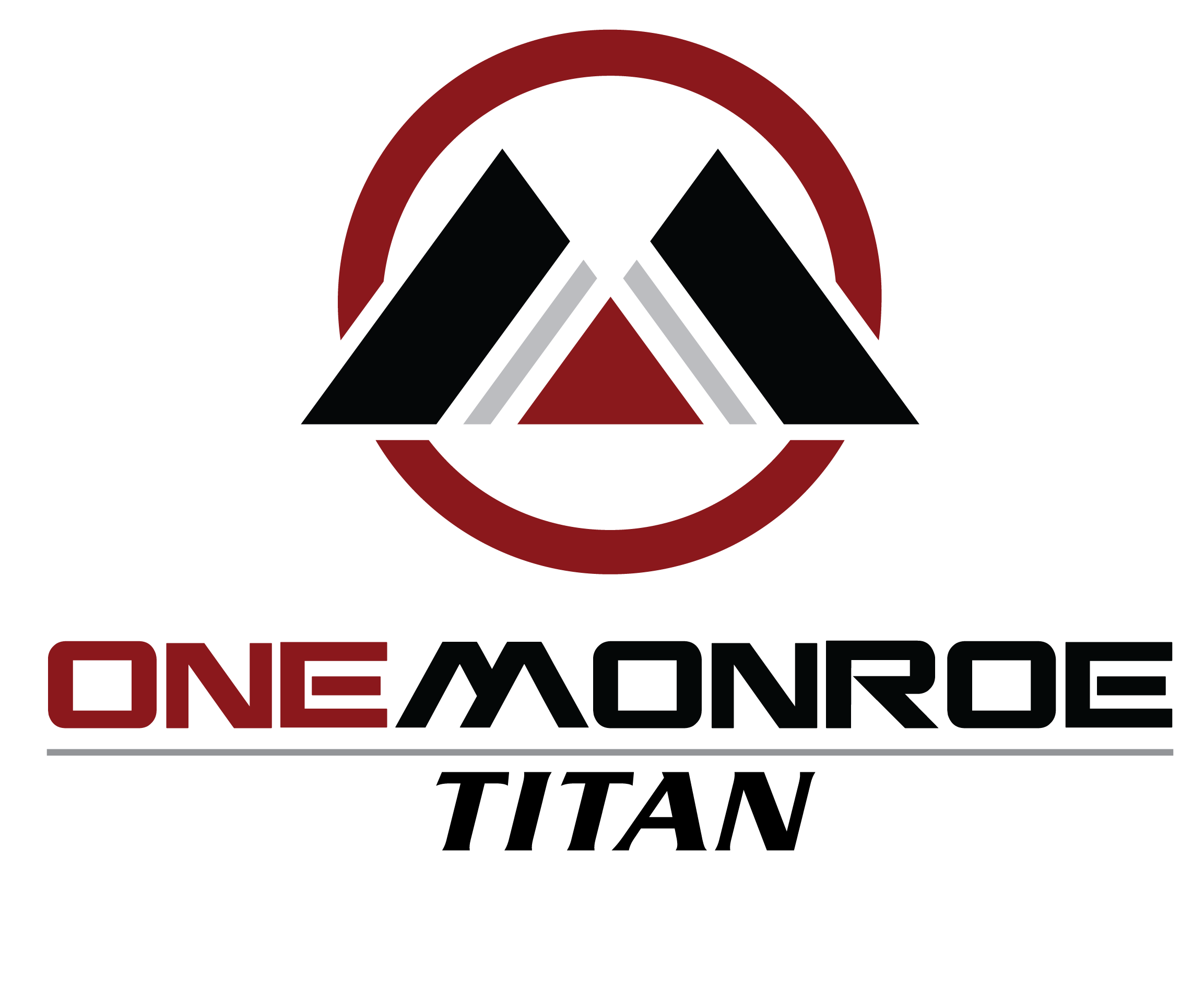
Cable management is a crucial part of maintaining order and safety in any space where cables and wires are in use. From homes to industrial environments, cables can easily become tangled, damaged, or create safety hazards if not properly organized. While the concept remains the same — to keep cables organized, protected, and accessible — the approaches differ significantly between personal and industrial settings. Understanding these differences can help ensure the right solution for your specific needs.
Personal Cable Management
Personal cable management is typically used in smaller-scale environments, like homes, offices, or individual workstations. The primary goal is to prevent cables from tangling and becoming a visual or physical obstacle. Solutions for personal cable management often include:
- Cable Ties: Often made from Velcro or plastic, cable ties are one of the most common tools for keeping wires bundled together. They are inexpensive, easy to use, and can be easily adjusted.
- Cable Sleeves: These flexible coverings group multiple cables together, helping to reduce clutter while offering some protection from wear and tear.
- Cable Clips and Holders: Small, adhesive clips can be used to route cables along walls or under desks, keeping them in place without the need for drilling.
- Cable Boxes: For power strips and adapters, cable boxes help conceal and organize them to keep cords out of sight and reduce trip hazards.
Personal cable management solutions are often lightweight, easy to install, and primarily designed for aesthetics and functionality on a smaller scale.
Industrial Cable Management
On the other hand, industrial cable management is designed for large-scale applications where the stakes are much higher. These environments typically involve complex systems of cables running through factories, warehouses, or manufacturing plants, where safety and durability are paramount. Industrial solutions differ from personal cable management in several ways:
- Cable Trays and Ladders: These are open, horizontal structures used to route large volumes of cables across long distances. They provide easy access for maintenance and allow air circulation to prevent overheating.
- Cable Raceway Systems: Raceway systems are enclosed paths that guide and protect cables in industrial settings. These systems are used in areas where cables need to be shielded from external elements like moisture, dirt, or high temperatures.
- Conduit and Tubing: In more hazardous environments, cables are often routed through metal or plastic conduit to protect them from physical damage, chemicals, or extreme temperatures.
- Cable Supports and Hangers: In industrial environments, cables must be supported securely to prevent sagging or stress on connectors. Specialized hangers or supports are designed to withstand heavy-duty use and ensure proper strain relief.
- Heavy-Duty Cable Ties: Industrial-grade cable ties are typically made from tougher materials like stainless steel or nylon to secure cables more robustly in harsh environments.
Industrial cable management systems are engineered for durability, safety, and the ability to handle large-scale installations. They often require specialized tools for installation and maintenance and are built to withstand more demanding conditions.
Additional Considerations
When choosing a cable management system, both personal and industrial users should consider the following:
- Safety: Proper cable management prevents accidents such as trips, falls, and fire hazards. It’s crucial in both personal and industrial spaces to keep cables tidy and out of walkways.
- Durability: Industrial cable management systems often need to withstand exposure to chemicals, extreme temperatures, or physical wear. For personal spaces, durability may not be as much of an issue, but the solution should still offer protection against basic damage.
- Maintenance: In industrial environments, cable management solutions should allow for easy access to cables for repairs or upgrades. Personal cable management should be simple enough to maintain but may not require the same level of complexity.
Conclusion
While both personal and industrial cable management serve the same basic purpose of organizing and protecting cables, they differ significantly in scale, materials, and complexity. Personal cable management is designed for convenience and aesthetics, while industrial systems prioritize durability, safety, and accessibility in demanding environments. No matter the application, investing in the right cable management solution is essential for maintaining a clean, organized, and safe space. Whether you’re managing cables in a home office or a factory floor, choosing the right tools will make a big difference in both functionality and safety.

